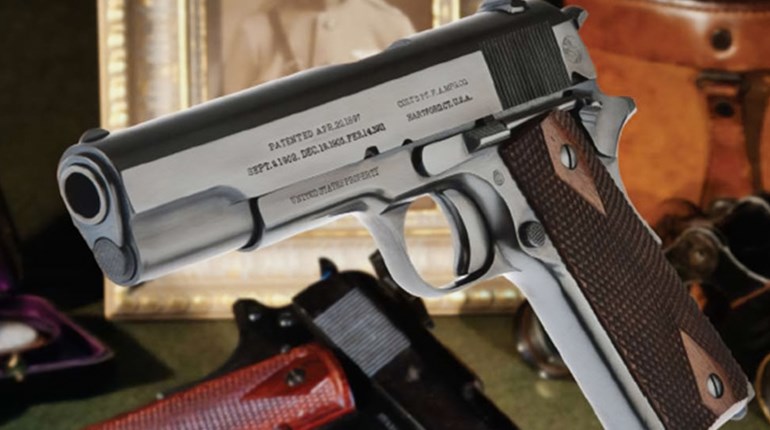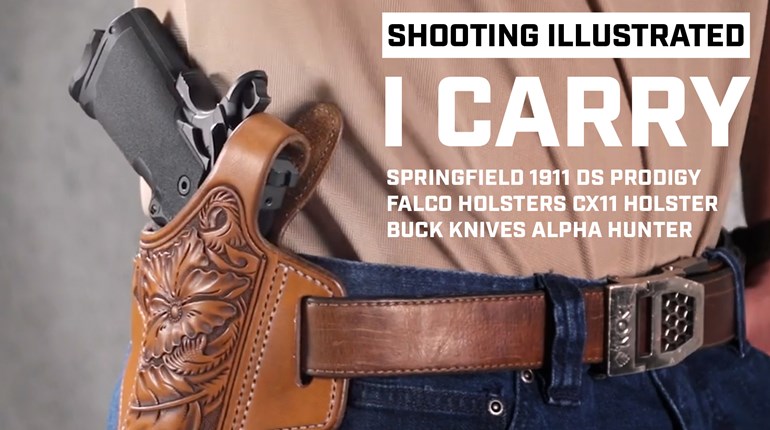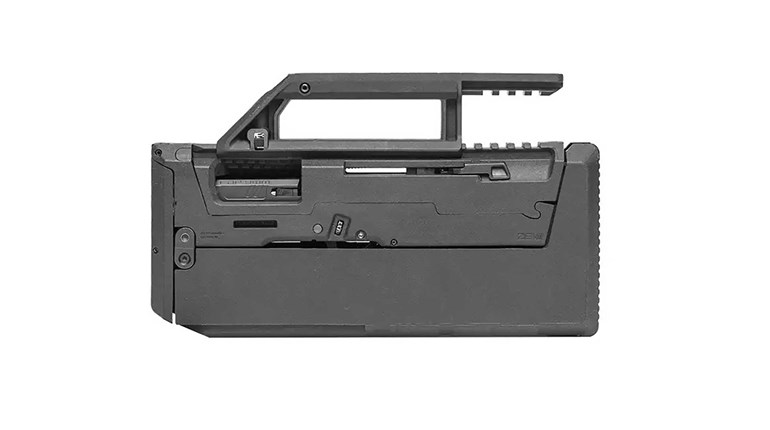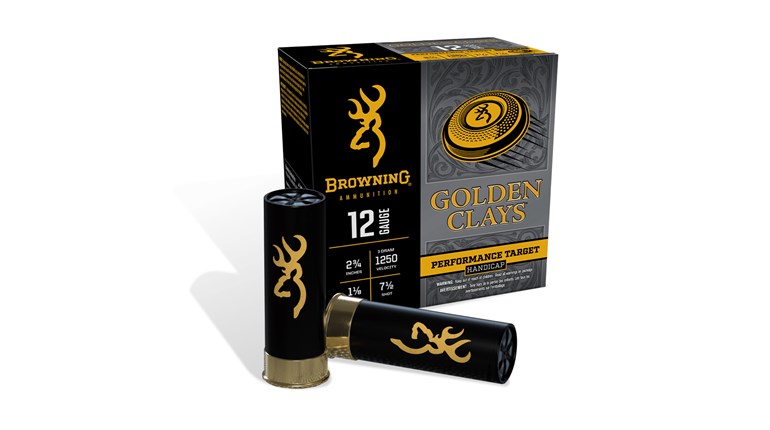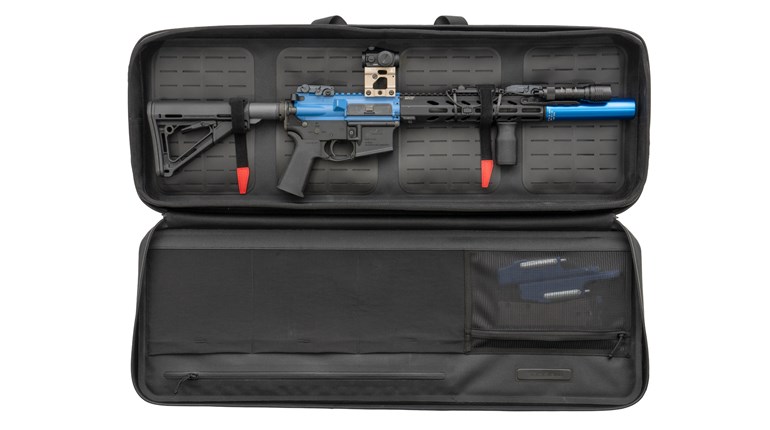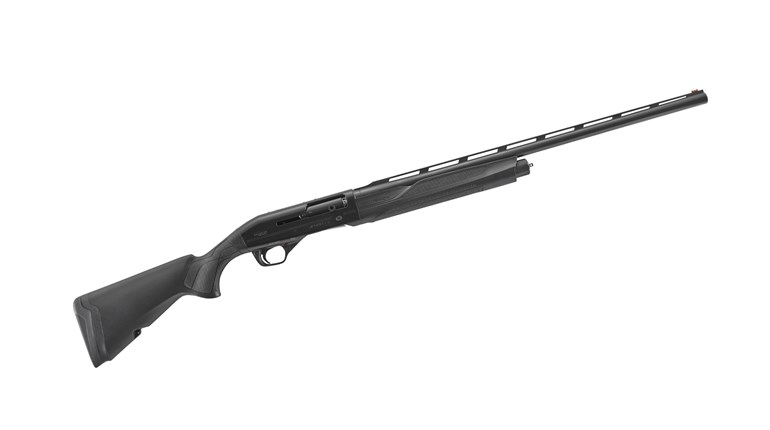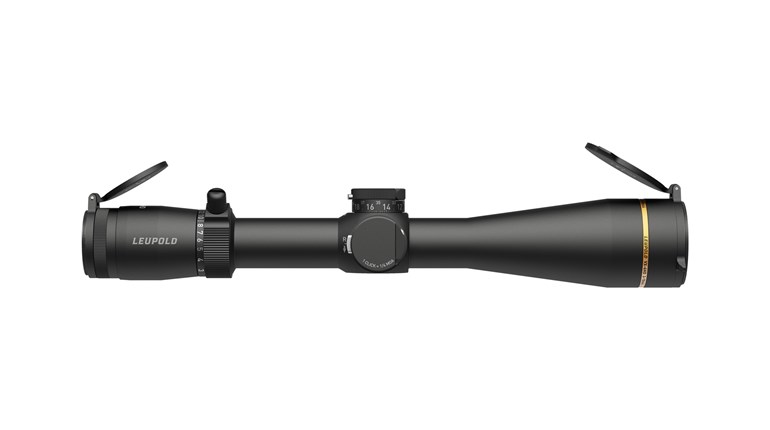
Pinning is a bygone means of improving a shooters’ fit to a 1911. Restoring the grip safety’s function is accomplished by simply drifting the pin out of the frame.
I just rescued a well-used, but in-good-shape Colt Series 70 Gold Cup from one of the local pawn shops. The pistol had apparently been modified and used for 2700 Bulls Eye—now known as Precision Pistol—competition by its previous owner. After shooting the pistol, and upon closer inspection, I noticed the grip safety had been deactivated by being pinned in place so it would not move. Why would anybody do this and what do you recommend to rectify this? Are there any other modifications I should be aware of that would affect the safety or function of this handgun?
Jack Godfrey, Palatine, IL
Sounds like you found a nice pistol, especially if it still shoots good groups. Even if it shoots as well as you would like it to, a 1911 is fairly easy to bring to your liking with all of the quality aftermarket parts that are available today.
More than likely the grip safety was pinned for an individual whose hand did not fit the gun and would not fully depress the grip safety during a string of fire. This resulted in the inability to pull the trigger consistently, which meant inaccuracy caused by the shooter and the possibility of lost shots during timed and rapid-fire strings. When this gun was new, ribbed or oversize grip safeties didn’t exist to accommodate hand-size variances.
Back then, the common practice was to have a gunsmith drill a small hole through the frame and actuate the grip safety, after which a tight-fitting pin was inserted through the frame to hold the grip safety permanently in the depressed position. This solved the shooter’s hand-fit problem and allowed the trigger to be pulled consistently without concern. Today, there is no need for such a modification as any number of drop-in grip-safety styles are available to remedy the problem and maintain that safety feature as the gun was designed.
In all likelihood, the pin holding your grip safety in the depressed position can be removed and the gun will function as it originally came from the factory.
To answer your second question, since you referred to the pistol as well-used, I would recommend a detailed disassembly of the pistol and giving it a thorough cleaning followed by an inspection of all the parts. In particular, look for springs that have had a coil or two clipped off, as this was one method of lightening the trigger pull for competition or the liking of the shooter. Not knowing how much the gun had been shot, it would be prudent to replace the recoil spring, sear spring, firing-pin spring and mainspring, just to start with new, modern, up-to-date parts.
If any others are suspect or appear damaged, they should also be replaced. Once this is complete, lubricate all the moving parts and bearing surfaces with a quality product and reassemble the pistol. Finally, perform a standard function check to verify the mechanical operability of the pistol is satisfactory—especially the four safeties in the original gun’s design (grip safety, thumb safety, half-cock notch on the hammer and the disconnector).
Once a complete and satisfactory function check is accomplished, the pistol should be ready to be fired with live ammunition and put back into service and enjoyed for more decades to come.













